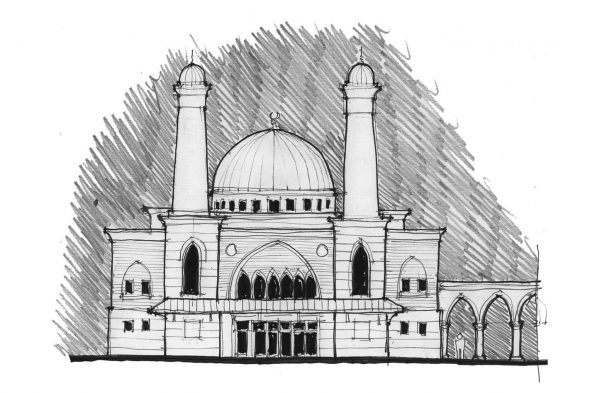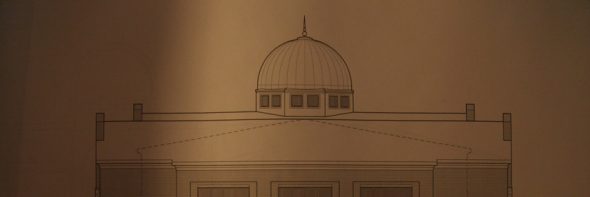
By Bassam Tariq
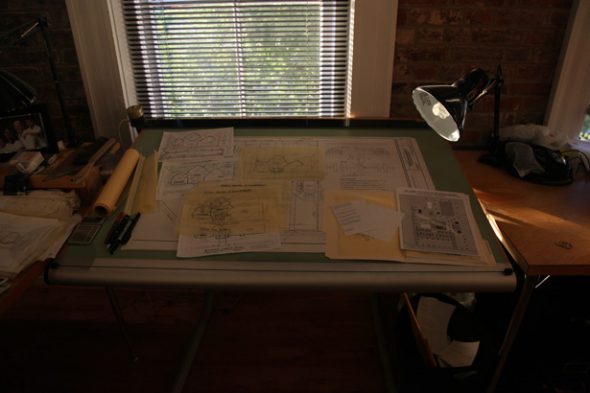
Note: Due to certain concerns, the subject of our post has been renamed and is not present in any of the photos. Instead, we present to you his workspace, blue prints and completed designs to help tell his compelling story.
Right now, in the heart of Lexington, Kentucky a white man with a thick southern accent is designing a mosque. He is designing the walls, the arched windows, the domes, and the inevitable trouble that local community members will have with the space.
“I’ve wanted to be an architect since I was a kid.”
This man is Brian and Brian is an architect. He runs his own small architecture firm in Lexington and works on whatever he pleases.
“When I stepped out on my own, my first building project was a mosque.” Brian says, “it’s also around that time that I accepted Islam.”
“It was quite a way to get acclimated into the community.” Laughs Brian.
Brian keeps thing light and easy. His sarcasm is dry and is realized only by his smirk. Today, he’s wearing a red polo and gray khakis, but admits that he likes to be more casual than this. On zonal hearings, where he’s been spending a lot of his time these days, he’ll wear a tie and suit.
The Hearings
“Zonal hearings suck the life out of you.”
As one may assume, Brian has sat in one-two many zonal hearings where the neighbors of said mosque site will come out in numbers to either respectfully or venomously oppose the mosque construction.
“A lot of people that come are concerned with very normal issues, like lighting, crowding. They don’t care about religion, but Muslims still take offense.”
Brian prides himself in having a thick skin and encourages the Muslim congregnats to not show up.
“But some people will rant about Shariah and terrorism. Stuff that has nothing to do with zonal hearings.”
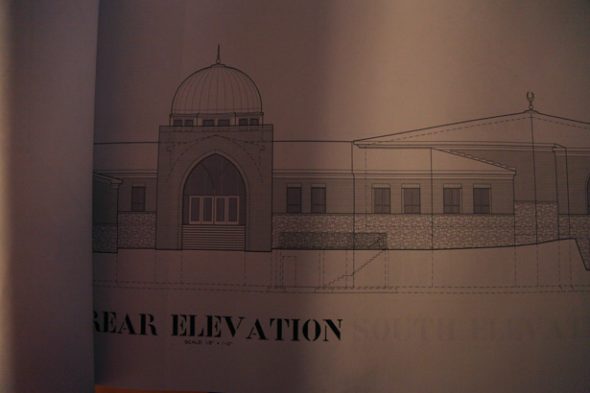
This example of hatred spewing happened in West Virginia, where the public hearing became contentious very quick.
“If you took the temperature in the room,” Brian says, “you’d think it wouldn’t be approved. All the Muslims were getting so worked up and I just told them to not worry, it will pass.”
And soon enough, the West Virginia City Council approved the plans to build the mosque. Turns out the concerns of the public weren’t relevant, after all, it was about zonal hearing.
“It always happens. The loud ones drown out the rest, and make everyone who oppose the plan seem a little bigoted.”
Brian is thoughtful and considerate, he understands where a lot of the valid concerns come from. He grew up in Kentucky and has quite a few conservative folks in his family. Oddly, this gives him the edge he needs in these hearings to defend the community and the plans.
Building Fun
“Masjids take years. I sometimes outlive my clients!” Brian says laughing.
Brian has learned a lot from designing mosques. His first mosque project was in a rural town in Kentucky and he didn’t know what he was getting into. Not only did he just embrace Islam, but he also embraced a large community and its issues.
“At the time there were less than 12 people in the community and they were building a mosque for 120 people.” Brian remembers.
After the building was completed, he went back to the mosque and saw that the congregation had tripled.
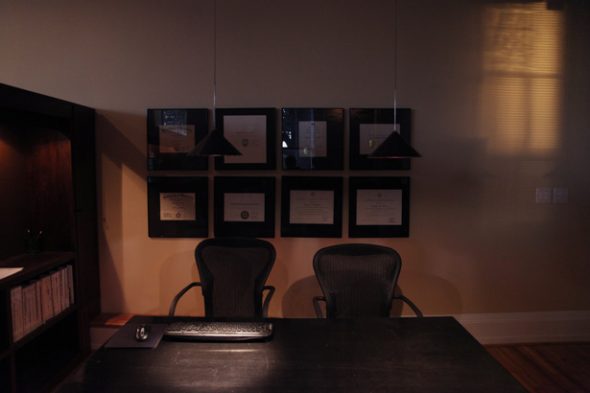
“It was incredibly fulfilling because you feel a part of this,” he says smiling, “It’s not just a beautiful building, but its meaningful work.”
Though mosque building has been rewarding for Brian, it has its fair share of frustrations. When we start talking about difficulties, I ask him to make a list –
Frustration
“Its frustrating when someone from the mosque will say, ‘I just want it to look like a mosque’.” Brian recollects, “which really means, make it look like the mosques from back home. They don’t realize that they aren’t building for themselves, but for their kids.”
I asked what he thought of long minarets and chandeliers…
“I think minarets and chandeliers are beautiful, beautiful waste of money,” he says with his signature wit (poetry to my ears).
Mosque development teams usually consist of those that are putting the majority of the money down – primarily rich doctors and uncles who understandably want a say in everything about the mosque. This sometimes makes the mosque development team an insular group of folks that are not representative of the congregants that attend the mosque. It’s also where you also get the unnecessary extravagances in the building.
“Once, a man pledged to donate $25,000 with the condition that there would be a minaret connected to the mosque.”
“Wait, why did it have to be connected?” I interrupt.
“Long story… but it turned out it would cost more money to build a connected minaret than it would help us in the funding.”
Brian laughs it off. He does that with a lot of the ludicrous stories he shares.
“I just don’t think its virtuous to make your mosque look transplant. It’s important that it has the same vernacular as the rest of the community around it.”
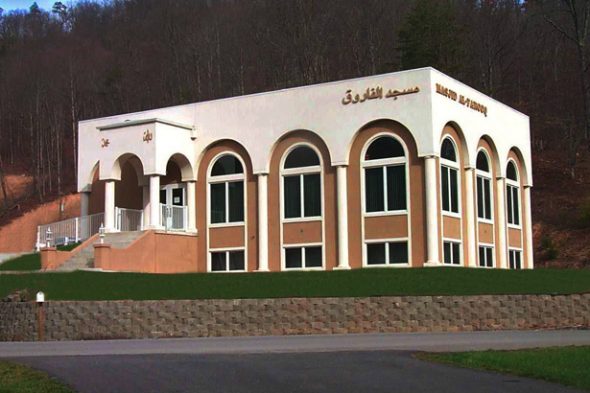
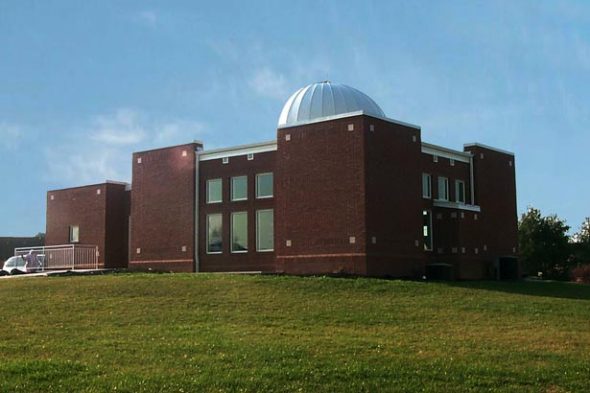
Million Dollar Question
But challenging the extravagance or the mosque designs from the Muslim world isn’t the hardest part. The hardest part comes with the million dollar question that he now asks every building committee in their initial meetings.
“It’s my first question to the board,” he says, “where will the women go?”
It’s a tough one. Brian has been trying hard to figure out what the most ideal space for woman is and he can’t seem to find a single answer.
“I’ve seen that the loft solution has worked well. Have women on the top and they can still see the speaker.” Brian pauses to think for a second, “you know, I don’t think there is a single ideal solution for women. It’s always a tough question to answer.”
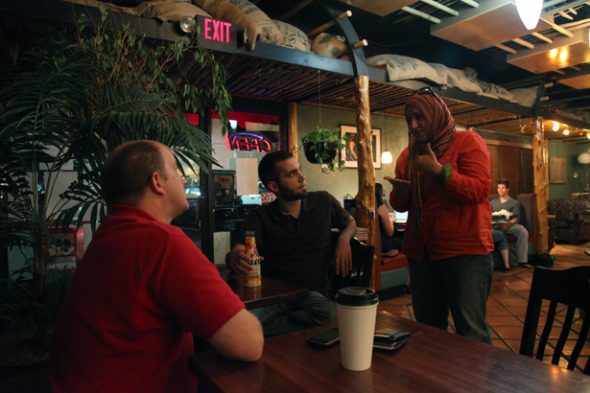
As we discuss this issue, a girl from the community shows up, Essma Amry, a Muslim interior designer. Brian stops her and asks her what she thinks.
Essma is quick to respond, “well, you know there isn’t a single space that will work for every community.”
Brian interrupts her, “But the question is, will whatever they set up now be sustainable for the future. Are these communities thinking about that?”
Brian poses smart questions. He is less concerned about this generation and is more concerned about his kids’.
“We need to start building with our kids in mind. They won’t be who their parents were.” he says with confidence, “As far as I know, I’m what the future of what Muslim America looks like.
In a perfect world..
Brian may come off as being overly critical about his work, but he is anything but. Like all of us, Brian loves his community and knows it can strive for something greater. I turn the tables on Brian as he started going into theories of architecture and asked him point blank – so what does the ideal mosque in the US look like in Brian’s eyes?
He pauses for a moment –
“The ideal mosque would come out of its place, share the vernacular of its place.”
Brian told me about Shaker Town, Kentucky. Where the entire town was built with God consciousness. There was a specific way light hit the buildings and it evoked certain emotions and feelings that worked incredibly well with where it was.
“And that’s il because the people will change, the weather will change, but the building’s not going to change. The architecture lives on. It lives on to keep telling its story.”
